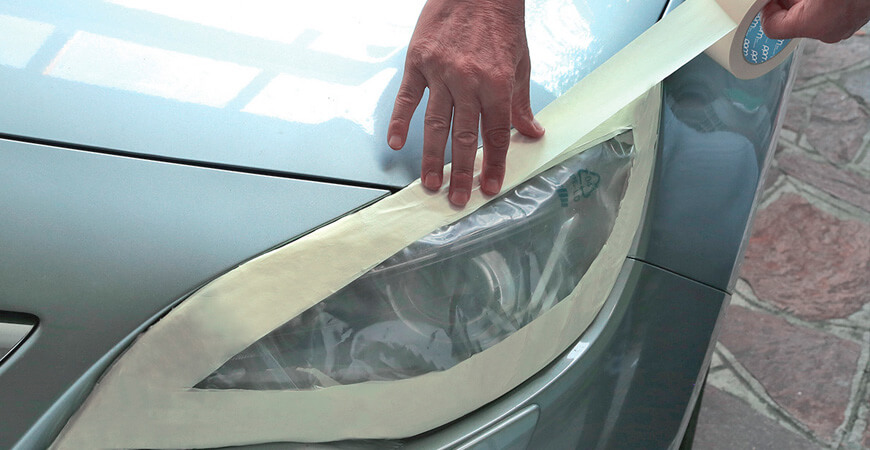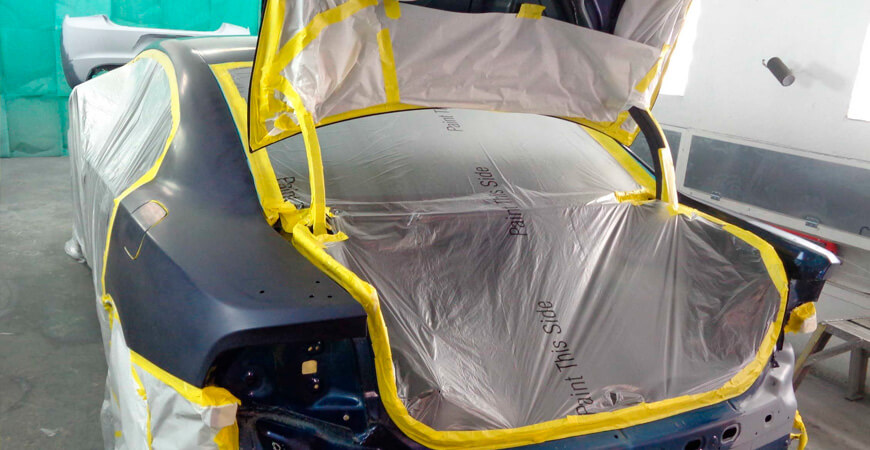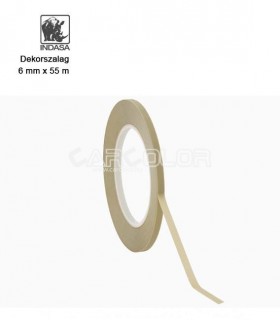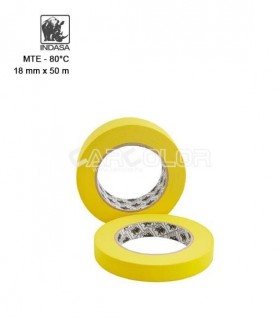Masking Tape: Pro Tips and Common Mistakes to Avoid for a Flawless Auto Paint Job!
One of the most important yet often dreaded and underrated steps in auto painting is masking. Many people believe that applying masking tape is a simple task, but poorly executed masking can lead to hours of extra work and additional costs.
In this comprehensive guide, we will cover every step needed to achieve professional-level masking, whether you are working on minor body repairs or a full car repaint.
In this article...
1. Why is masking tape important?
The primary goal of masking is to prevent paint from reaching areas that should not be covered. Poor masking can result in:
- Overspray – paint mist can land on unintended areas.
- Sharp, visible paint lines – without proper blending, repair work becomes noticeable.
- Extra polishing and correction work – requiring removal of unwanted paint.
Professional painters know that the perfect result depends 70% on preparation, and masking is a crucial part of that process.
2. Types of masking tape and their uses
Choosing the right masking tape is crucial. Not all tapes are suitable for auto painting—cheap, general-purpose tapes may not adhere well and can even damage the paint when removed.
General masking tapes
- Suitable for DIY projects but not recommended for auto painting.
- Not heat-resistant and can peel off in a paint booth.
Mid-range masking tapes
- Stronger adhesion but still easy to remove.
- Good for general automotive painting tasks.
Professional-grade masking tapes
- Heat and moisture-resistant, making them ideal for paint booths.
- Strong adhesion but leaves no glue residue.
Specialty adhesives
- Foam tapes – for soft edge transitions.
- 3M Fine Line – ideal for masking curves.
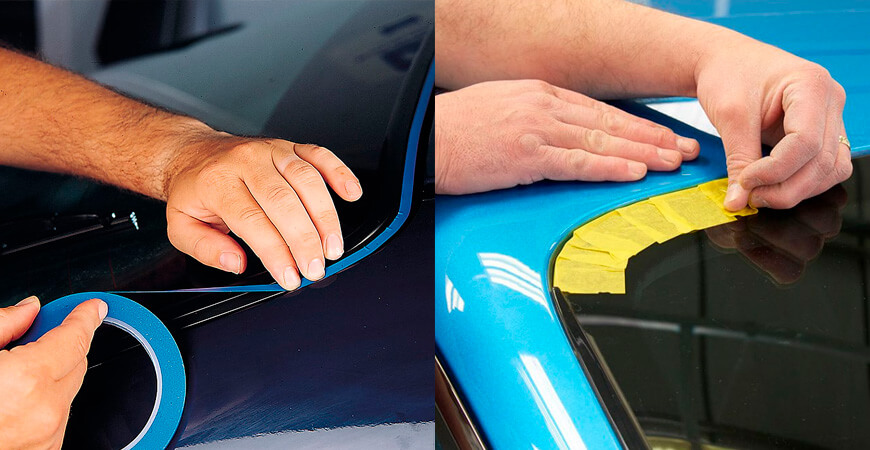
3. Preparing the surface before masking
Successful masking largely depends on surface preparation. Before applying masking tape, the surface must be thoroughly cleaned to remove contaminants that could affect adhesion.
- Use silicone remover for surface cleaning.
- For door edges, use isopropyl alcohol.
- Use compressed air to remove dust from wheel wells and gaps.
4. How to properly mask a car?
Once the surface is clean and prepared, selecting the right masking tape is the next step. For door frames, wider tape works best. Personally, I use 38mm tape, but 50mm can be even better for larger areas.
Reverse masking technique
- Place wide masking tape along the inner edges of doors.
- Fold the tape back to create a soft transition for the paint.
5. Pro tips for perfect masking
- Always use high-quality masking tape! Cheap options may peel off and cause overspray.
- Keep masking film tight to avoid wrinkles.
- Check adhesion before painting.
Video Tutorial: Professional Masking
Step-by-step masking tutorial
6. Common mistakes to avoid
- Using poor-quality tape – may peel or let paint seep through.
- Masking in humid conditions – reduces adhesion.
- Skipping surface preparation – contamination weakens adhesion.
Using masking tape correctly is essential for a flawless auto paint job. By choosing the right tape, preparing surfaces properly, and applying it with precision, you ensure professional results every time.


